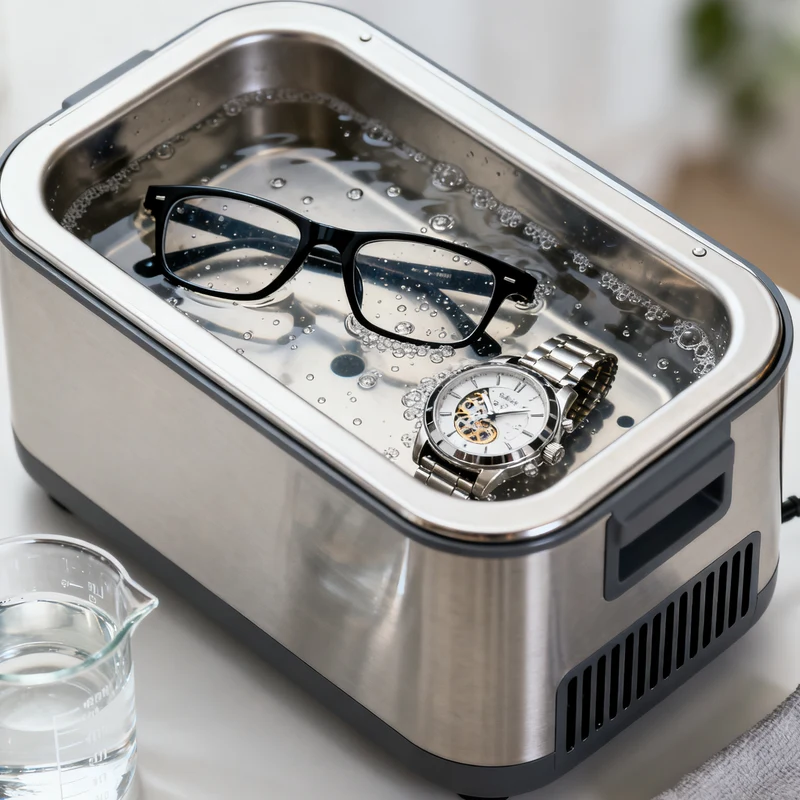- Benchtop Ultrasonic Cleaner
- Industrial Single Tank Ultrasonic Cleaner
- Ultrasonic Cleaner With Filtration
- Ultrasonic Cleaner With Lift
- Multi Tanks Ultrasonic Cleaner
- Immersible Ultrasonic Transducer
- Engine Ultrasonic Cleaner
- Heated Soak Tank
- Window Blinds Ultrasonic Cleaner
- Ultrasonic Welding Machine
- Ultrasonic Transducer
Ultrasonic Cleaning Technology: The Invisible Cornerstone of Precision Manufacturing

In the era of advanced industrial development, the demand for component cleanliness in precision manufacturing has reached unprecedented heights. As a core cleaning method, ultrasonic cleaning technology has gradually become an invisible cornerstone supporting the high-quality development of multiple industries with its unique advantages. Different from traditional manual cleaning or chemical soaking, this technology relies on the physical effect of ultrasonic waves propagating in liquids to achieve deep cleaning, avoiding damage to precision components caused by mechanical friction and the environmental pollution caused by chemical reagents.
The principle of ultrasonic cleaning lies in the cavitation effect generated by high-frequency sound waves in the liquid. When the sound waves propagate, countless tiny bubbles are continuously generated and collapsed, and the instantaneous impact force generated during the collapse can penetrate into tiny gaps that are difficult to reach by manual cleaning, effectively stripping off pollutants such as oil stains, dust and metal debris attached to the surface of components. This characteristic makes it widely used in industries with strict cleaning requirements. In the electronic manufacturing field, even the tiny solder residues and oxide layers on the surface of micro-components can be thoroughly removed by this technology, ensuring the stability of the electrical performance of the products. In the medical device industry, it can achieve efficient cleaning of instruments with complex structures without dead corners, laying a solid foundation for subsequent disinfection and sterilization.
With the continuous expansion of application fields, ultrasonic cleaning technology is also constantly adapting to new industry needs. In the aerospace field, components used in extreme environments have extremely high requirements for surface cleanliness, as even tiny contaminants may cause safety hazards during operation. Ultrasonic cleaning technology can meet this strict standard by adjusting the propagation mode of sound waves and optimizing the cleaning process. In the new energy industry, the cleaning of key components directly affects the performance and service life of products, and the application of ultrasonic technology has effectively improved the consistency of product quality.
The development of the industry has also promoted the upgrading of supporting technologies for ultrasonic cleaning. The improvement of transducer performance has enhanced the stability of sound wave output, making the cleaning effect more uniform. The innovation of cleaning tank materials has improved the corrosion resistance and service life of equipment, adapting to the needs of different cleaning liquids. At the same time, the combination of ultrasonic technology and other cleaning processes has formed a more efficient integrated cleaning solution, further expanding its application scope.
Industry insiders pointed out that the future development of ultrasonic cleaning technology will be more closely integrated with the development of downstream industries. As precision manufacturing continues to move towards a higher level, the requirements for cleaning precision, efficiency and environmental protection will continue to increase. This will drive the industry to carry out more in-depth research and development in technology optimization and process innovation, making ultrasonic cleaning technology play a more important role in the industrial chain and contribute more to the high-quality development of the manufacturing industry.